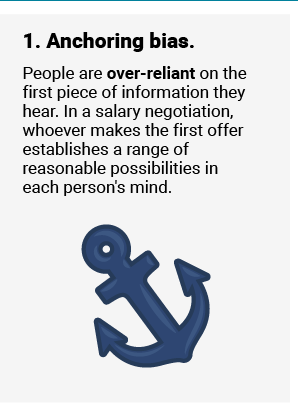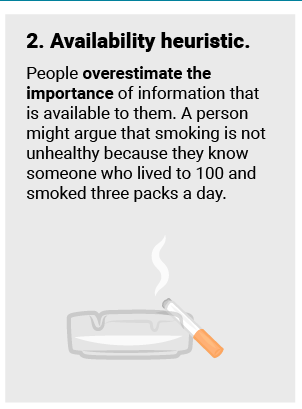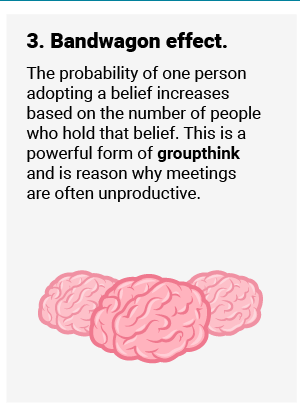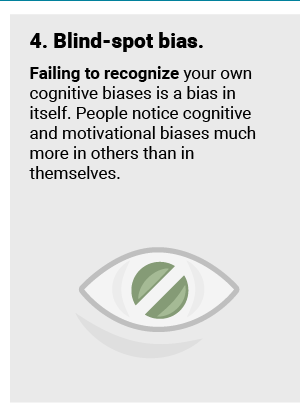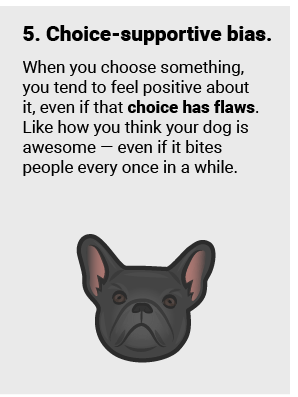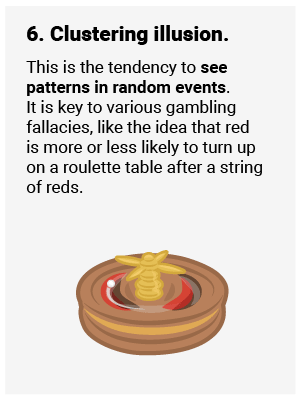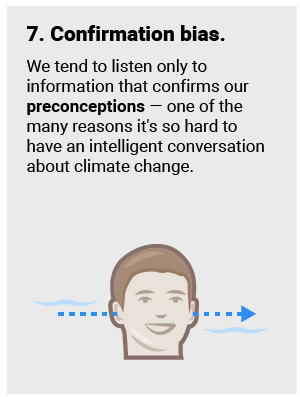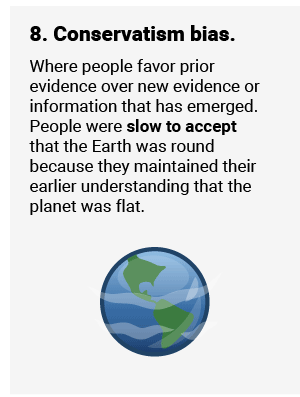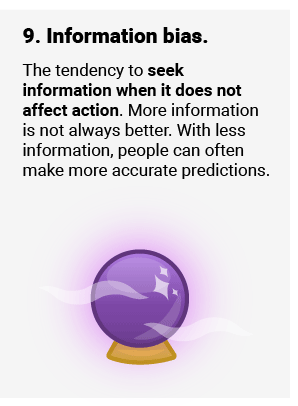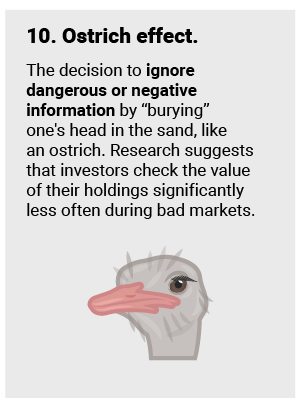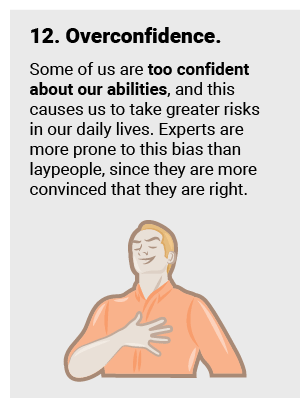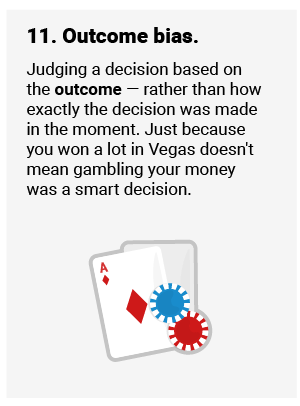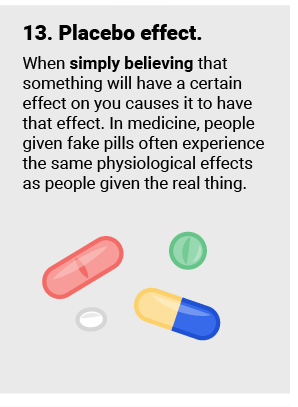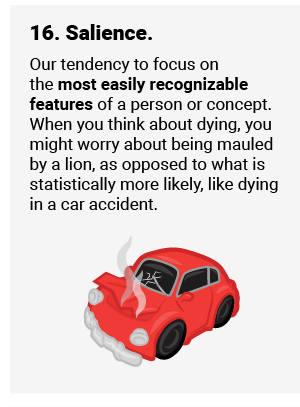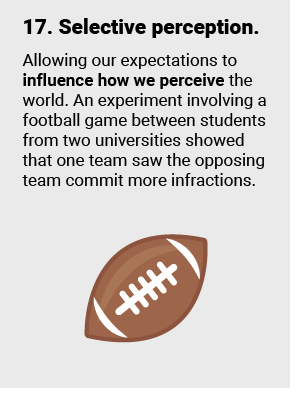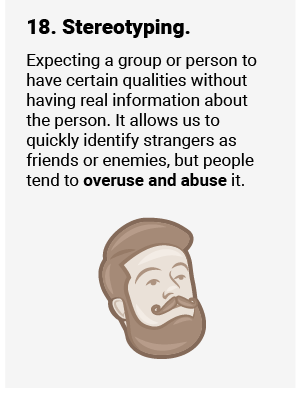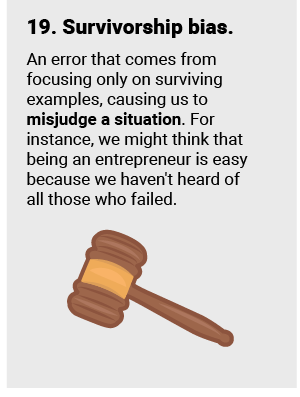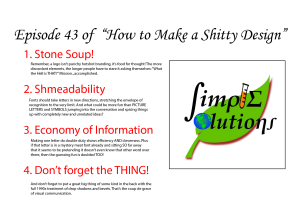The “binding problem” is the question of how our various senses blend and synthesize into a smooth, unified flow. Nobody knows how right now. Francis Crick came up with the 40 hertz synchronization theory to explain the biological causes of consciousness but it seems very empty and thin. And unlikely.
All neurons process something. So at some level, each neuron is an experience and in a tiny way, an experiencer. We know different areas of the brain specialize in different areas and kinds of processing but these areas are not simple lumps of processing material, they are massed armies of neurons …gigantic rock concert crowds talking to each other and responding to the show on stage in front of them. When the band yells out “Hello Cleveland!” and the crowd roars back…it becomes like a single entity, made of millions.
The mistake we make in imagining neurons is seeing them as essentially passive wiring that signals are flowing along like an old telegraph or telephone system with a caller at one end and a receiver at the other. In reality, that level of transmission doesn’t require anything like the amount of neuronal population and activity we have going on. The information coming into the system has to be batch processed, and blended with information from other “departments” to derive the basic picture/sound/smell combination and this has to be refreshed at a rate that feels instantaneous and flowing to the observer. But that’s just organizing the core feed into coherent sensory information. That raw feed has to be examined for context, meaning and nuance constantly while not flooding and overwhelming the human thinking their thoughts, doing their chores, socializing and planning. This is an astounding feat especially since that same brain is the one thinking those thoughts, doing those chores, planning and socializing. Continue reading
Stories are integral to humans, they are essential and innate.
Stories as fiction, of course, but also the way of saying anything where a subject once verbed a noun. A person born without innate language behavior, the talking and the understanding, would be as isolated from the rest of us as another species. “Talking and understanding” oversimplify the matter. Language is our medium of remembering long term, considering the future and artfully creating a new copy of that idea in those listening. Oh yes, and imagining the minds of the listeners so well, including personality, rank, bias, and weaknesses that a story can be tailored to precisely sway a single individual, then instantly repackaged in broad strokes to move a horde.
All of these complex abilities are grey matter functions. The neo-cortex REQUIRES stories to do business. Grey matter is the apartment in the human brain where “we” are allowed to live. There once was a princess, trapped in a high tower… and she is us. The neo-cortex comes supplied with libraries of story “legos”. Every hero’s journey and every fairy tale can be assembled from precursors that exist in every brain. To qualify as truly human you must be full of monsters and lost children.
What language and stories tell us is that humans are a madly, overwhelmingly social species, that nature “imagined” us as communities of extremely complex individuals. Any picture we hold of the role of stories is like imaging a little kit we take out when needed and find very useful. The reality is we are aquatic creatures in an ocean of endlessly replenished overlapping narratives. They are the enveloping atmosphere. Consider the individual and her story as the smallest discernible level, connecting to the family story, to the extended family story and the tribe story. In larger civilizations, in big cities, there are thousands of separate story communities we belong to. We have a work story, a church story, a political story, a sex and age story. And so does everyone else. A person can even be imprisoned by their own story, repeating grievances and hurts in a litany designed to preserve them perfectly.
Language is innate to humans because stories are innate to humans. Because we have to teach and apologize and convince and amuse and explain and plan, stories are innate. Because we have to imagine our own lives…Because we have to hold onto the past and anticipate the future… stories are innate. We could not be human without stories and stories do not exist without humans.
Stories are the currency of human exchange. Anything more complex than a “Hello” either IS a story or an invitation to one. These tiny proto-story beginnings: Beautiful day, isn’t it? | How are you? | Have you seen Bob?” are human equivalents to respect gestures, grooming, butt sniffing etc. and may be finished in a moment but each one can carry the participants far from the humble start and into laughter, tears, murder or sympathy.
Stories are the bridges we build to connect our lonely asteroids. At the end of a hard day of building story bridges, at last, you go to relax. What would you prefer, would you rather watch tv or read a book? Stories are food. They even open a door to escape the stories we’re fucking tired of.
Imagine campfires surrounded by the first modern humans. Humans just like us but without infrastructure or history. We know who these people are. They are us! We know the storytellers, the funny ones, the creative ones, the ones that just like attention or the sound of their own voice. And we can imagine the audience having their say, shaping and guiding the story with their responses. Imagine the comfort of safe adventures and harmless surprises. Imagine the comfort of the retold story, the listeners touching each landmark twist with pleasure.
It is also a natural process for stories to become so deeply a part of the people listening to them that they identify their stories as reality itself; the stories and life itself are one. This is an amazing jump but it is the foundation of group identity and group identity is where us versus them appears. A little tribe of humans could not exist for long without knitting a cozy story around themselves to keep out the chill. Stories are identity; I am a part of this story and this story is a part of me. What is religious fundamentalism really, but people fixated on the particular rightness of one story in opposition to all others? Think of the Islamic phrase grouping together themselves, Jews and Christians: People of the book.
Each of us began this way “You wake up and you have no idea where you are or how you got there”. In time people began filling you in on the details. You asked questions exactly as ancient children did and someone older said: “Let me tell you a story about that.”
Just a fun little project
A weird, related thought: Millions of years ago trees lived and died. But their fallen bodies never decomposed because no life form existed who could make a living out of breaking down wood. In the nick of time (I made that part up) a hero arose who could feed on the cellulose and lignin, converting those into their softer tissues, which in turn begin to decompose when the fungal fruiting bodies die. Hail to thee, Fungi; you saved us from the deadly pile of wood!
Both parties are amalgams of various groups whose support they must retain to win an election.
Prior to Reagan the two parties both held a large moderate middle where people might usually vote one way, but decide in this case to vote for the other party.
Using Seattle Central College as an example.
My Grandma, Aina Helena Sundberg wrote this quick little reminiscence about Christmas during her childhood in Nykarleby, Finland.
Sleighs and jingle bells and candles in the window! She was born in 1887 and died in 1982 at 95 years old.
“Little Christmas,” the 13th of December, was the day for school children’s festivities in our all-girls school.
Our vacation had started the day before. We were all dressed in our best bib and tucker as we trudged through the snow to our school in the mid-afternoon. It was all dark — there were only four or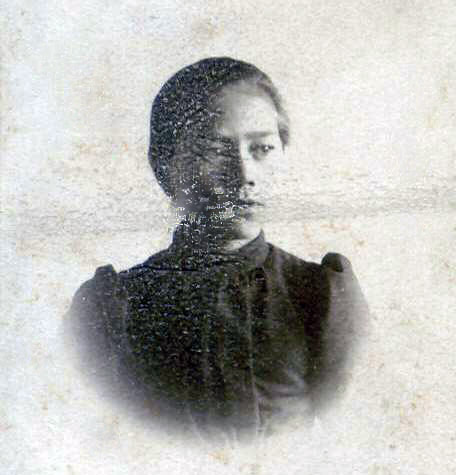 five hours of daylight. Our one-room school was all lit up. There was a big tree to the ceiling, colorful decorations and live candles, ten or twelve inches high burning brightly on the tree, There was an air of expectancy all around. I can still remember feeling the warmth of that room and the crowd.
five hours of daylight. Our one-room school was all lit up. There was a big tree to the ceiling, colorful decorations and live candles, ten or twelve inches high burning brightly on the tree, There was an air of expectancy all around. I can still remember feeling the warmth of that room and the crowd.
There were between 30 to 40 of us girls, and anyone who wanted to come was welcome to see us perform — singing, reciting, doing ring dances, imitating “Little mouse, watch out for the trap — little pussy cat tiptoe; little rabbit, sound asleep, better wake and hop before the wolf comes,” etc. We had our fling around and around. Last of all came refreshments of candies, cookies and red rosy apples and Children’s Christmas Magazine, with very colorful pictures and interesting stories, with one for each pupil to take home. By that time we had had our fill and we ventured out into the cold, homeward bound. Our ages were between 8 and 13, We had four classes, and one teacher. We had attended the “Children’s Cradle” school for two years previously. There the first year was kindergarten, and the second year there was reading, writing, and arithmetic.
The 14th of December was the boys‘ school entertainment. They were more favored/in that their school was located on the teachers‘ college territory. There were four buildings in all, so they had individual classrooms. In the last year of the teacher’s’ course of four years, they practiced their teaching ability in the boys classes, observed and judged by the principal and the professors of the seminary, as it was called. All students were males. The boys’ Christmas festivities took place in the big gym and assembly hall I of the seminary. The seating was about the same as at our gala, but everything was on a bigger scale. Some boisterous plays were performed in costumes. Last of all, there was a real, fur-coated Santa Claus who was very generous with gifts for the boys. They all got the same simple useful things. There were goodies for all the children present. You can bet we girls were there too, as were the boys the day before, at the girls‘ celebration. Continue reading
These have been through a lot to get here. Every picture here is a panorama stitched together from at least two images. In a sense, none of these pictures ever really happened, since they are composed of different moments, but so is the world you see when you look around. I’ve always wanted to create close up panoramas which practically sounds self canceling. In most of these I had to trim out tons of stuff that didn’t fit smoothly because taking panorama shots in close creates very messy shapes. After stitching they’ve been tweaked and poked in Illustrator and Photoshop. My photos but some from many years ago. I have no talent or patience as a painter, but these are in a very painterly mood.
I believe attribution should go to Business Insider for these but I’m not certain if they generated them or just republished them. I think this is a nice summary of how and why human decision making sucks elephant butt. If you can remember these and filter your own thoughts for signs of them when they pop up you’ll develop better arguments and be a little more honest with yourself too. It’s not easy. From one angle it’s like a list things politicians do consciously and otherwise, often successfully.
I also find them interesting as a sociobiological thing, this is a list of mind behaviors that evolved with us and have stood the test of time. Somehow or other they may have held some survival or success value. Many feel like something I can see being either advantageous to the individual getting what they want or as socially unifying (and possibly dumb) behaviors. The rest are mostly stubbornness and wishful thinking.
